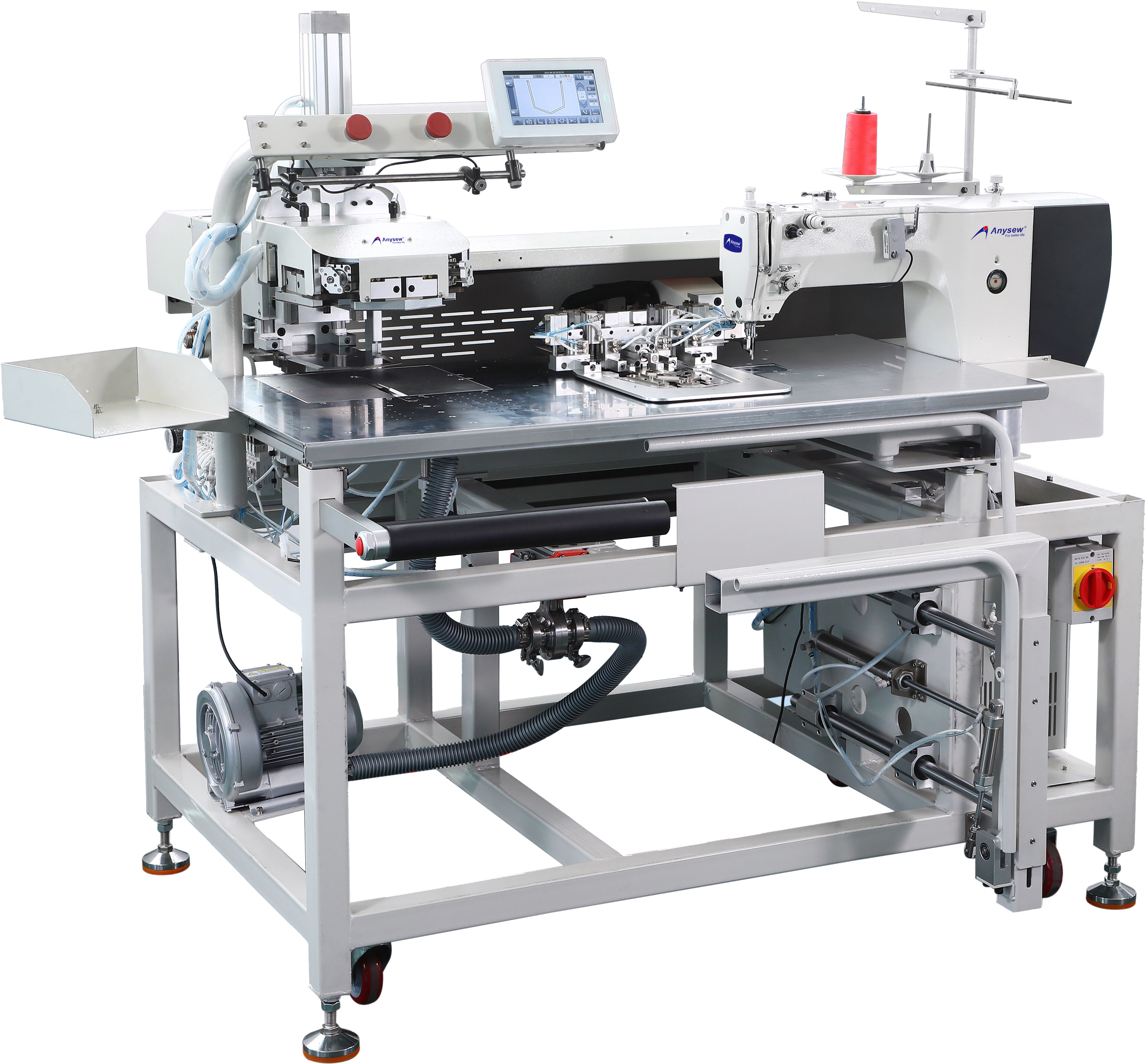laser cutter price
Laser cutter prices vary significantly based on their capabilities, power output, and intended applications. Entry-level machines typically range from $2,000 to $5,000, suitable for hobbyists and small businesses. Mid-range industrial laser cutters cost between $10,000 and $50,000, offering enhanced precision and durability. High-end professional systems can exceed $100,000, featuring advanced automation and sophisticated controls. These machines utilize focused laser beams to cut various materials, including metal, wood, acrylic, and fabric. The price reflects technological features such as cutting speed, positioning accuracy, and maximum material thickness capacity. Modern laser cutters incorporate advanced features like automatic material detection, multi-axis control, and intelligent nesting software to optimize material usage. The investment consideration should account for additional costs such as ventilation systems, maintenance, and operational expenses. Price variations also depend on the laser type, with CO2 lasers being more affordable for non-metal applications, while fiber lasers command higher prices due to their metal-cutting capabilities.


